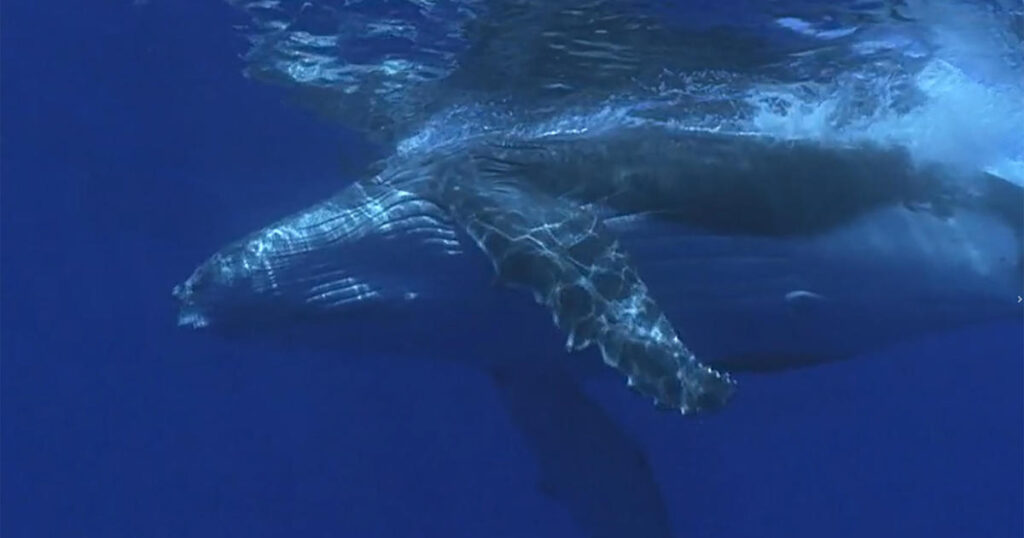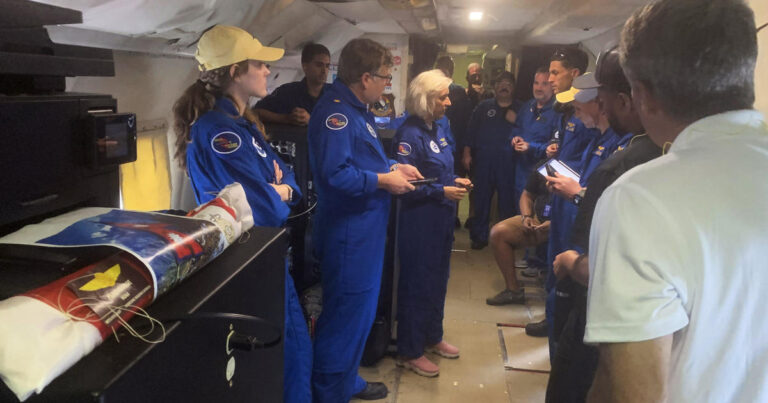
Protecting Whales from Ship Strikes
Endangered whale species such as blue whales, humpbacks, and fin whales are facing significant dangers in the open seas, primarily due to the increasing traffic from cruise liners and container ships. These large vessels often struggle to avoid colliding with whales, leading to fatal encounters that threaten the survival of these majestic marine mammals.
To combat this issue, innovative measures are being adopted to track and protect whales in busy shipping lanes. Correspondent David Pogue visited the Woods Hole Oceanographic Institute, where marine ecologists have developed a fleet of autonomous vehicles specifically designed for monitoring whale movements. This technology plays a crucial role in identifying whale locations, allowing ships to modify their routes or adjust speeds to minimize the risk of collision.
One of the main challenges is that large ships can be hard to maneuver, and their crews might not always spot whales swimming nearby. With whales sometimes being difficult to see, employing tools like the autonomous vehicles can bridge that gap and provide critical live tracking data. This data can inform shipping companies and captains in real time about where whales are congregating, ideally preventing accidents before they happen.
In addition to real-time tracking, research into alterations in shipping practices is also underway. For instance, some companies are exploring ways to slow down their vessels in areas where whale activity is prevalent. Slower speeds could significantly reduce the severity of collisions, providing whales with a better chance of survival if they do end up in a ship’s path.
Moreover, various conservation groups and regulatory bodies are advocating for changes to shipping lanes, creating designated pathways that steer large vessels away from critical whale habitats. By adjusting these routes based on whale migration patterns and activity, there could be a substantial decrease in ship strikes.
These protective measures are essential, especially as the population of certain whale species continues to dwindle. Conservation efforts, combined with technological advancements and policy shifts within the shipping industry, paint a hopeful picture for the future of these endangered marine giants. The endless expanse of the ocean should be a sanctuary for whales, not a deadly obstacle course, and with continued commitment and collaboration, we can forge a path towards safer seas for them.
